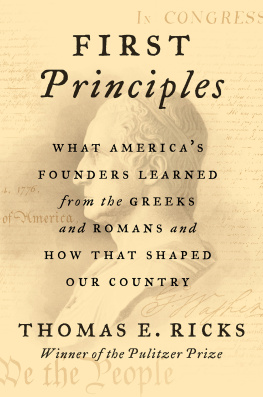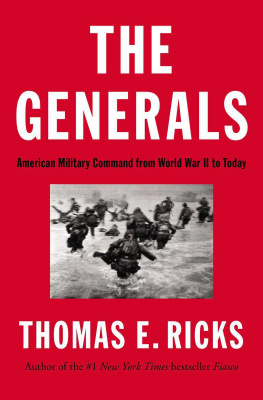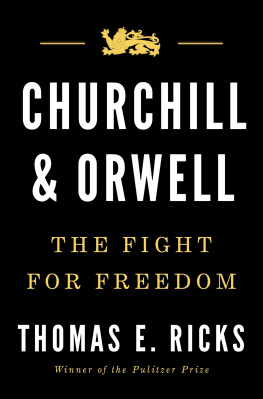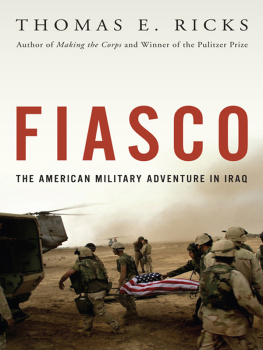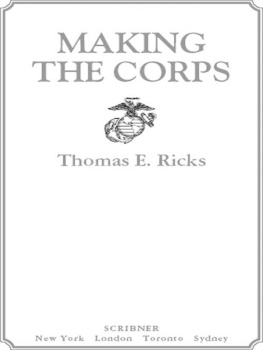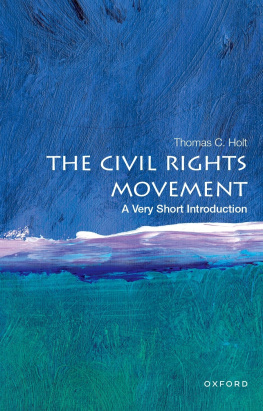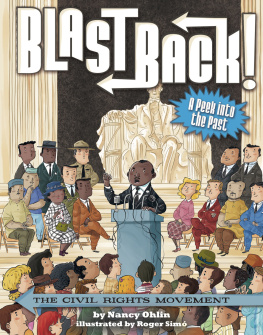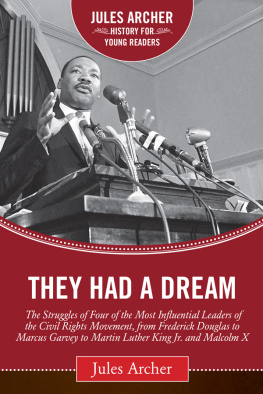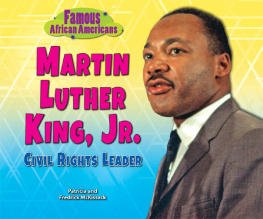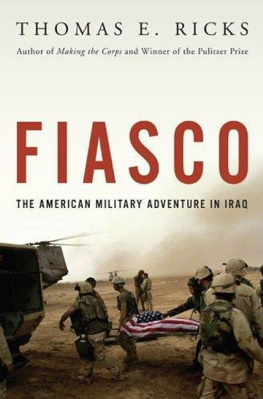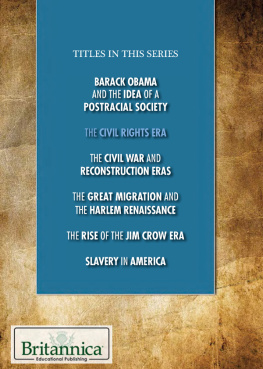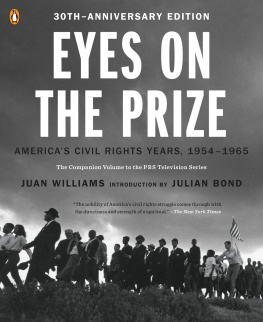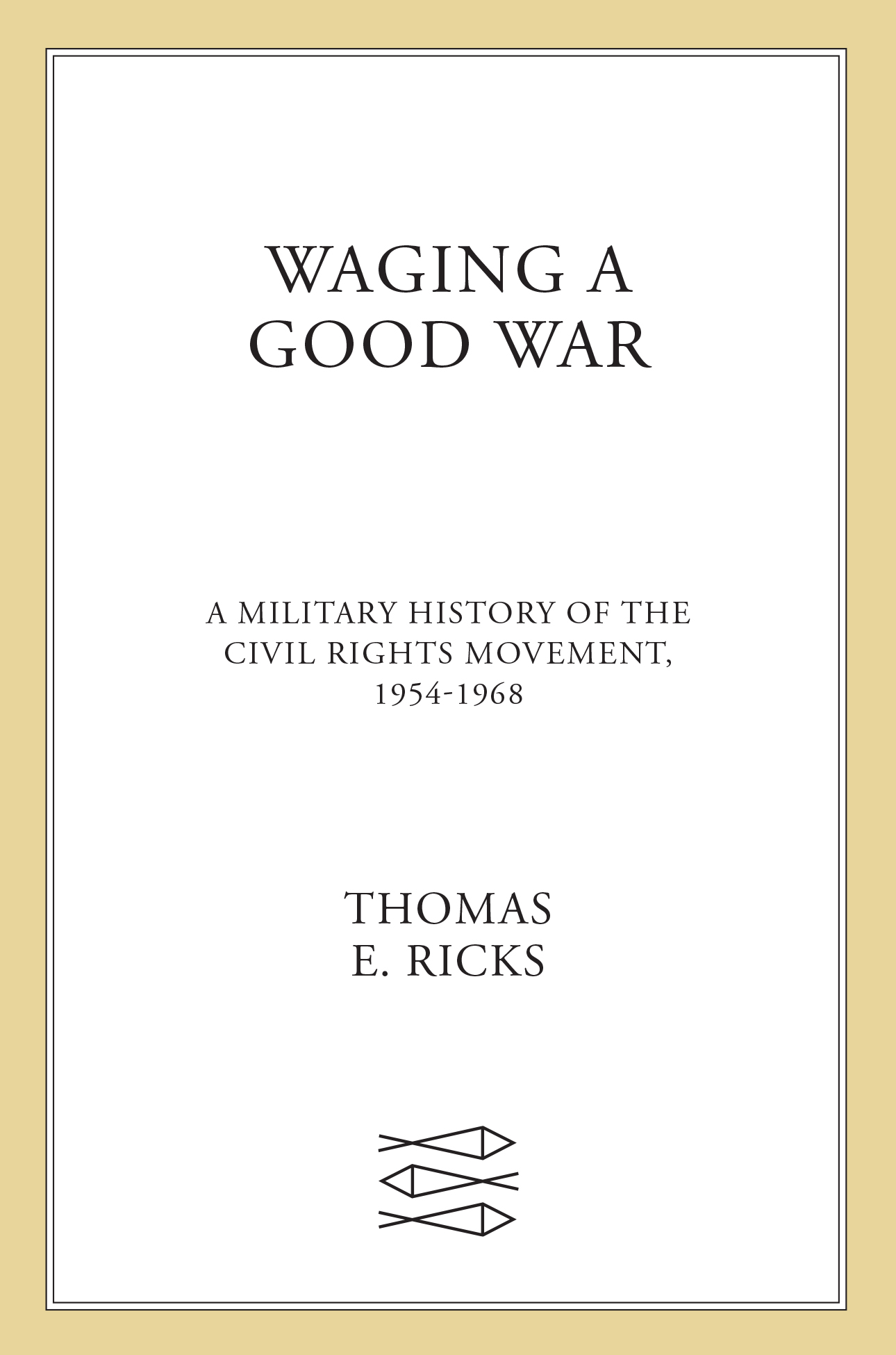Contents
Guide
Pagebreaks of the print version

The author and publisher have provided this e-book to you for your personal use only. You may not make this e-book publicly available in any way. Copyright infringement is against the law. If you believe the copy of this e-book you are reading infringes on the authors copyright, please notify the publisher at: us.macmillanusa.com/piracy.
For those who marched, including my wife
They were loyal rebels: loyal in their sorrow, determined in their rebellion.
ERIK ERIKSON,
Gandhis Truth: On the Origins of Militant Nonviolence
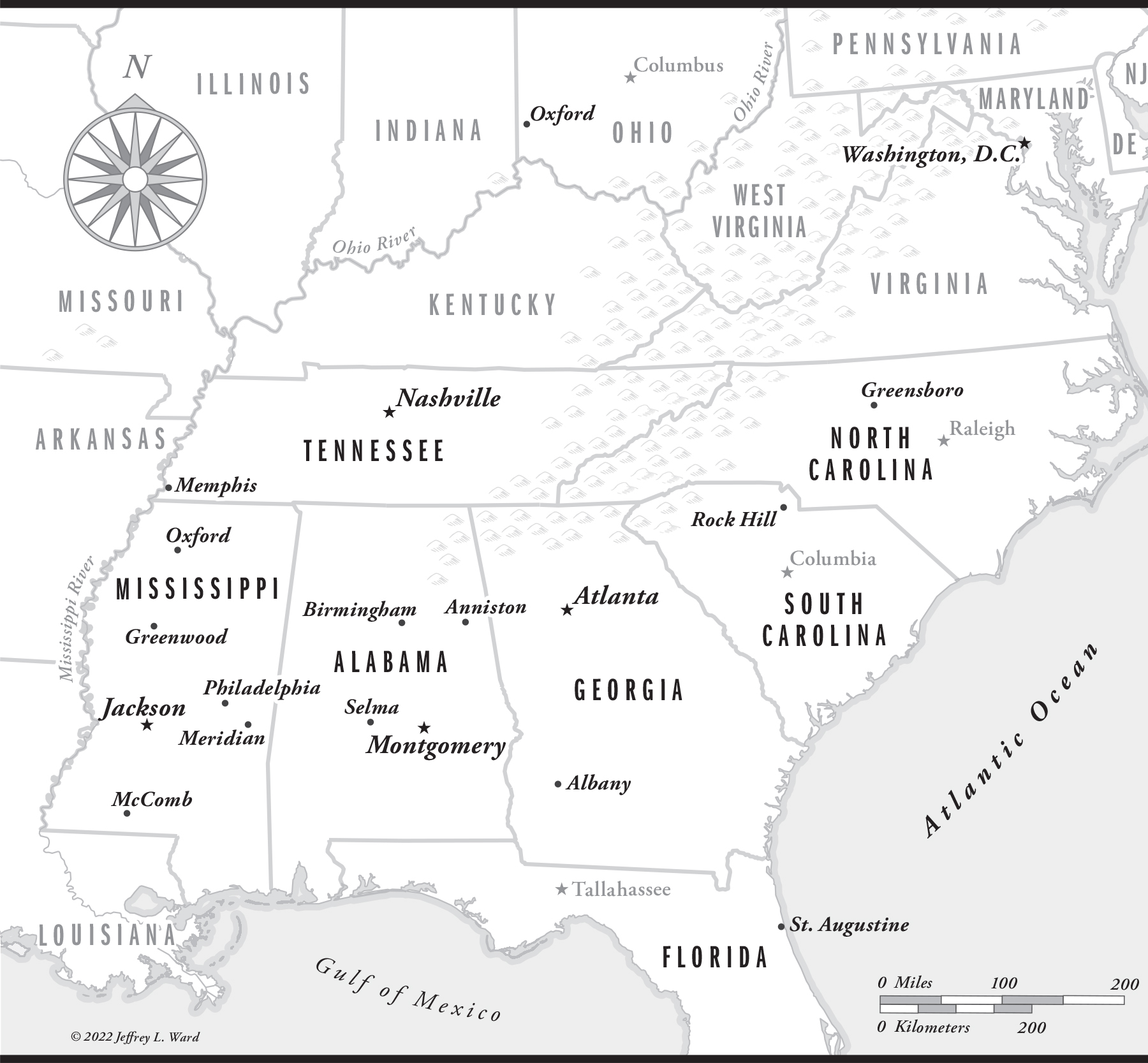
In the 1960s the United States became a genuine democracy for the first time in its history, as laws and practices that prevented many Black Americans from voting were challenged by the civil rights movement. By the end of the decade, almost all adult citizens finally were able to vote. This may sound mundane, but the vote is the fundamental building block of our nation. It is our primary means of bringing about political change nonviolently. It determines policy and actionswhere money is spent, which roads are paved, how schools are run, and whether police act as antagonists or protectors. Now, six decades later, a significant part of the American political establishment has succeeded in repealing many of the voting gains of the 1960s.
This national arc led me to go back and read hundreds of books on the civil rights movement. The more I delved into that history, the more I found myself calling on my own experiences as a war correspondent to interpret what I was reading. I saw the overall strategic thinking that went into the Movement, and the field tactics that flowed from that strategy. Problems I was familiar with from covering military operations in Somalia, Bosnia, Afghanistan, and Iraq, and from writing books about World War II and the conflicts in Korea and Vietnam, were all addressed in careful, systematic ways by those in the civil rights movementrecruiting, training, planning, logistics, communications, and more. I began to see the Movement as a kind of warthat is, a series of campaigns on carefully chosen ground that eventually led to victory. The Siege of Montgomery. The Battle of Birmingham. The March on Washington. The frontal assault at Selma.
There were other echoes. The same antidemocratic faction of American life that opposed the Movement in the 1960s has been resurgent lately, not only seeking to restrict access to the vote but actually storming the Capitol building on January 6, 2021, as a presidential election was awaiting certification. The question facing us is whether those antidemocratic forces will once again defeat the forces of democracy as they have before. When laws are passed inhibiting the ability of people to vote, accompanied by laws limiting the ability of teachers to teach history, these are signs that we are once again threatened by the ancient and powerful forces of caste and oligarchy.
If America is to have what most Americans wanta multiracial, multiethnic democracywe will need to renew the promise of the peaceful voting rights crusade that is the subject of this book. But to do so we need to have a clear view of that Movement. We should resist wrapping it in a gauzy sentimentality to be gingerly handled and admired every Martin Luther King Day, reducing it to a simple and misleading public fable, to borrow the phrase of the historian Jeanne Theoharis.
There is a second, related reason now to look back at the civil rights movement. As we move toward the middle period of the twenty-first century, a diminishing number of Americans possess memories of the Movement. That era is now receding into the unexperienced past, taking its place alongside the Civil War, another series of events that fundamentally reshaped the nation.
For more than a century, the Civil War was swathed in historical sentimentalism. Only after that did it begin to come into clearer focus. It now may be time to gain a longer, more strategic perspective on the civil rights movement. The number of eyewitnesses who walk and breathe among us is diminishing daily. There are few additional interviews to be done. Certain documents remain unavailable to us, some of which might be unearthed, but all in all, the historical record is fairly complete. The question now becomes how to better understand it. Key to my motivation for writing this book is that much of that materialtens of thousands of pages of speeches, sermons, diaries, memoirs, letters, oral histories, court proceedings, and transcripts of the internal deliberations of the Southern Christian Leadership Conference (SCLC) and the Student Nonviolent Coordinating Committee (SNCC)has not been read with an eye to discerning strategic decision-making.
I offer here a different way to look at the civil rights movement, one that I think is essential to understanding its success. The Movement brought about a major change in the United States in only ten or so years, an accomplishment that can be better understood if it is viewed in military terms, especially those of strategy and tactics. Recently, a new generation of scholars has offered new assessments of the Movement, in particular emphasizing the roles that women played, the importance of grassroots efforts, and the significance of protest actions before the Montgomery boycott. Studies published in the past few years have explored multiple subsidiary subjects. There are even studies of the connection between civil rights and major league sports, and of the role of food in the civil rights movement. At the same time, scholars such as Erica Chenoweth and Deva Woodly have brought new rigor and insight to the subject of how and why nonviolent social change occurs.
But to my surprise no studies have looked at the Movement through the prism of its similarity to military operations. A search of the American Historical Associations database of doctoral dissertations in recent decades found more than 250 that studied the American civil rights movement, but none that looked at the Movement in this way.
Given that the civil rights movement relied heavily on nonviolent approaches, it may seem surprising or even jarring to think of it in military terms. Yet participants in the Movement often invoked the analogy. James Lawson, a key figure in developing the Movements philosophy and tactics and in training a cadre of influential leaders, once commented, Protracted struggle is a moral struggle that is like warfare, moral warfare. Another activist, Charles Sherrod of the Student Nonviolent Coordinating Committee, in looking back, said, It was a war. Though it was a non-violent war, but it was indeed a war. Cleveland Sellers said of the 1964 Freedom Summer campaign in Mississippi, It was almost like a shorter version of probably the Vietnam War. And remember that the central tactic of the Movementthe marchis also the most basic of military operations. Indeed, even in war, marching sometimes is more decisive than violence. For example, Napoleon observed that his great victory at Ulm in 1805 was achieved not by arms but by legs, as his foot soldiers outmaneuvered his Austrian foe.
As the comments by Movement veterans indicate, the perspective of military history is helpful, even perhaps imperative, if we are to discern how to apply its lessons to our predicament today. No, the civil rights movement was not a traditional army with weapons and a single command structure. Yet from 1955 to 1968 a disciplined mass of people waged a concerted, organized struggle in dedication to a cause greater than themselves. Many died; many more shed blood; thousands were put behind bars. In conducting their campaigns, activists made life-changing decisions with inadequate information while operating under wrenching stress and often facing violent attackscircumstances that are similar to the nature of leadership in war, making the military lens a useful one in understanding what happened and why. There is a good argument to be made, says the historian Peter Onuf, that the civil rights movement was really Americas good war, and that the people in it were truly our greatest generation. The sacrifices of Movement leaders and rank-and-file members led to a realized, if imperfect, democracy. If we are to hold on to their gains and reinforce them, we must recognize the nature of their effort so that we can properly prepare ourselves to safeguard and sustain our democracy. From the Movement, we may be able to abstract principles and approaches that we need in order to apply them to our situation now. Some followed nonviolence as a way of life. Many more pragmatically adopted it as an effective tactic, especially in the face of the overwhelming power of state forces. And a few prominent voices utterly rejected nonviolence, most notably Robert F. Williams and, later, Malcolm X.


